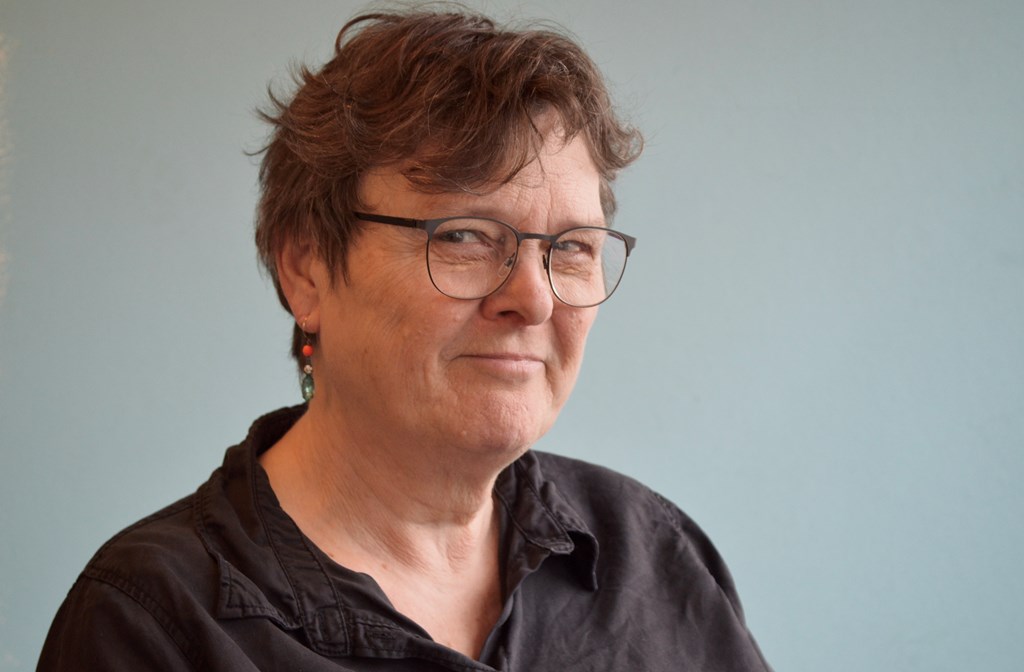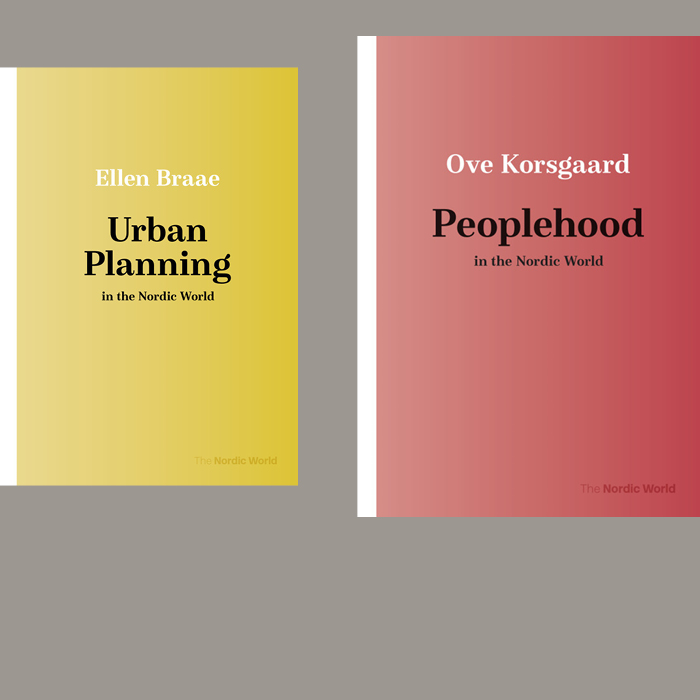
Cultic Theatres and Ritual Drama
Regional Development and Religious Interchangr between East and West in Antiquity
A part of the series Aarhus Studies in Mediterranean Antiquity (4) , and the subject area Archaeology (classical)
More about the book
About the book
This well-illustrated book thoroughly investigates the relations between East and West in the Ancient world as seen through the lens of ancient religious practices. The author has concentrated on one aspect of the cult, the ritual drama, and its setting, the cultic theatre.
The point of departure is the presence of a great amount of theatrical structures in the sanctuaries in Greece and Italy. Many of these structures were not proper theatres in the modern sense of the word, but rather primitive rows of seats, 'a place to watch from'. These structures have never before been examined from a functional viewpoint, and the author proposes that their primary raison d'etre was the performance of ritual dramas at the great seasonal feasts.
For various reasons, which she describes, the author points to the relative obscurity of this religious institution in the Greek and Roman world, and notes that as a result, it has received scant attention from scholars.
In contrast, it is well known that ritual dramas had been performed in the distant past at the great seasonal feasts of the Orient, and the book includes an excellent overview of the development of this institution as well as the setting chosen for it in the Egyptian, Syrio-Phoenician and Anatolian cults, both in their homelands and in their new host countries in the West.
This is a fascinating book for archaeologists and classicists, as well as for anthropologists and historians of religion, but it also gives food for thought for those who simply want to learn more about Oriental religious practices and the origins of theatre.
Table of contents
Introduction:
Ritual Drama
Cultic Theatre
The Structure of the Present Volume
Regional Development: The East:
I. Egypt:
Evidence for Ritual Drama
Evidence for "Cultic Theatres"
II. The Near East:
Evidence for Ritual Drama
Evidence for "Cultic Theatres"
III. Anatolia:
Evidence for Ritual Drama
Evidence for "Cultic Theatres"
Regional Development: The West:
IV. The Greek Area:
Minoan Crete
The Mycenaean Period
the Dark Age and the Orientalizing Period
Theories on the Origins of Greek Drama
Evidence for Ritual Drama
Evidence for Cultic Theatres
Regional Development
V. Italy:
Evidence for Phoenician Influence
Evidence for Greek Influence
Theories on the Origin and Development of Italic/Roman Drama
Evidence for Cultic Theatres
Typology and Regional Development
Religious Interchange: The Oriental Gods Move West:
VI. Introduction
VII. The Egyptian Gods:
Evidence for Ritual Drama
Evidence for Cultic Theatres
VIII. The Syrio-Phoenician Gods:
Evidence for Ritual Drama
Evidence for Cultic Theatres
IX. The Anatolian Gods:
Evidence for Ritual Drama
Evidence for Cultic Theatres
X. Conclusion
Notes
Table of Cultic Theatres
Abbreviations
Bibliography
Index of Subjects and Persons
Geographical Index
Index Locorum
Sanne Lind Hansen

MA in ethnography and classical archeology and trained at the Danish School of Journalism. Sanne primarily works with anthropology, archeology and early history. She is also responsible for foreign sales and commission agreements, and she was once employed at the National Museum (Antiquities).
Press reviews
Nanno Marinatos, Gnomon - Kritische Zeitschrift für die gesamte klassische Altertumswissenschaft
"The book has to be commended for its scope and for raising important questions that pertains to how we interpret archaeological evidence."
"N. has drawn attention to the wealth of cultic performances that characterized the entire E. Medditerranean and the Near East."




